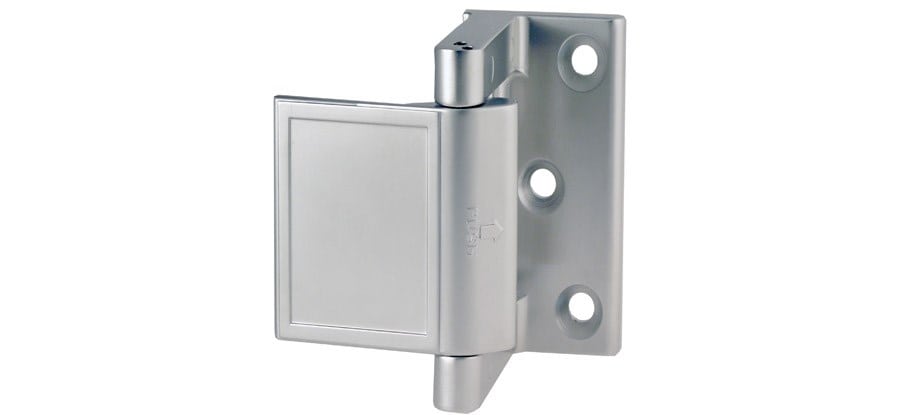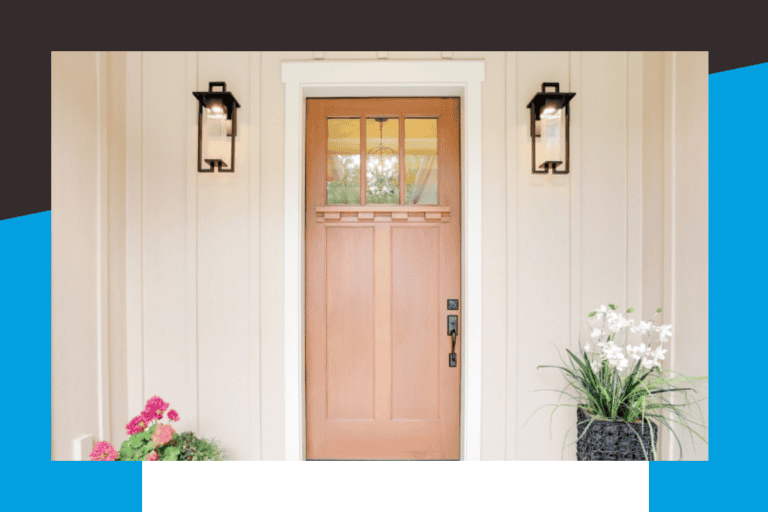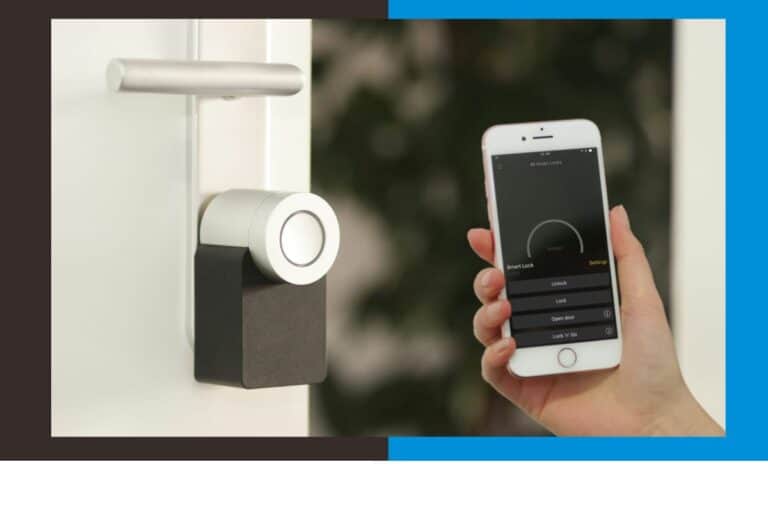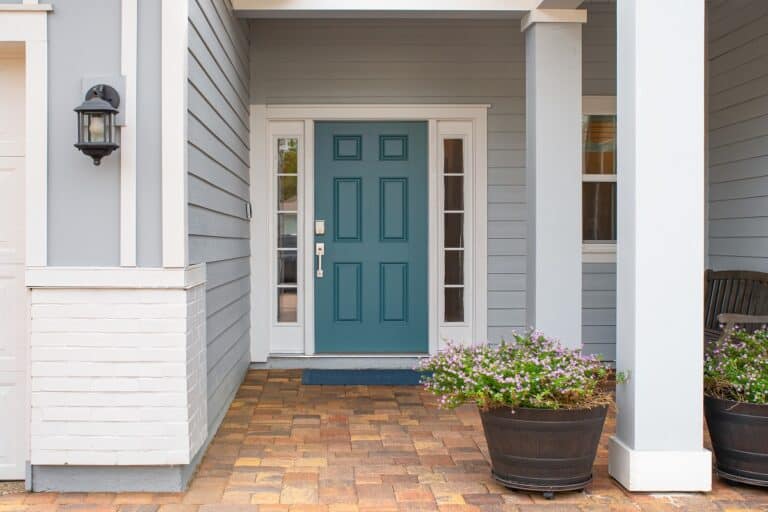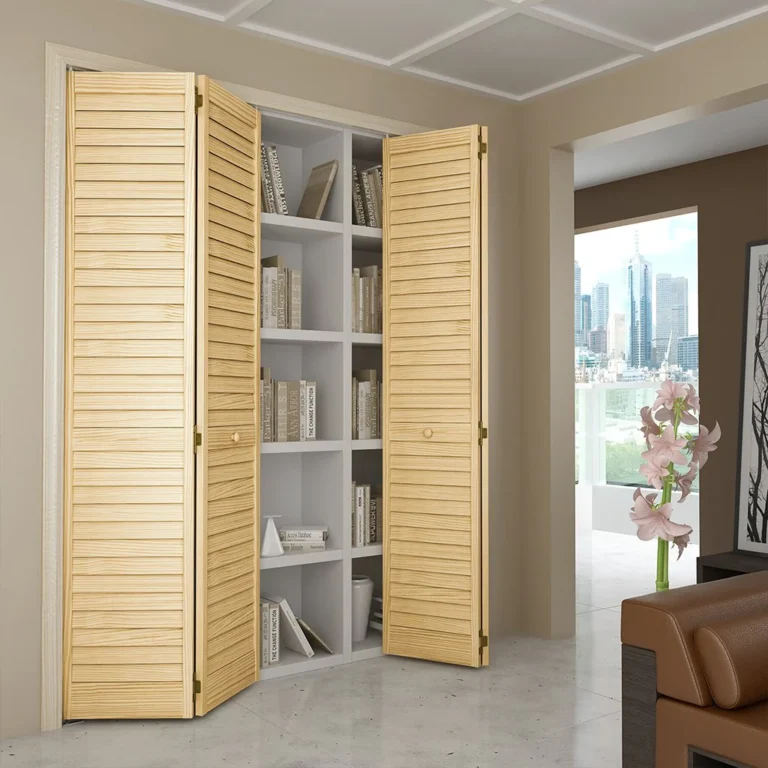Choosing appropriate door latches is a significant decision for several compelling reasons. Firstly, it plays a pivotal role in enhancing the security of your space, affording you a sense of protection and reassurance. By opting for the right door latches, you establish an effective layer of defense against unauthorized access, a fundamental component of ensuring your safety and peace of mind.
Furthermore, door latches grant you the power to control who enters your premises, a feature invaluable for maintaining privacy and regulating access. This controlled access allows you to engage in secure conversations or verify the identity of visitors without having to fully open the door, a critical consideration for personal safety and peace of mind.
Beyond mere security, the sight of a well-chosen, robust door latch can serve as a powerful deterrent to potential intruders. Its presence conveys that your property is well-protected and not an easy target, effectively reducing the likelihood of unauthorized access attempts and break-ins.
For households with children or vulnerable individuals, the significance of selecting the right door guard is even more pronounced. The correct choice prevents accidental exits and unauthorized access, ensuring the safety and security of your loved ones.
Additionally, door latches come in various styles and finishes, allowing you to harmonize them with the overall aesthetics of your space. Your choice should not only provide security but also seamlessly blend with your decor.
In some cases, compliance with building codes or regulations is necessary, particularly in commercial or shared housing environments. Selecting the right door guard ensures adherence to these requirements.
Lastly, the ease of operation is a crucial consideration. The appropriate door latch should be user-friendly, ensuring that everyone in your household can operate it efficiently. Moreover, choosing a high-quality door latch guarantees its longevity and durability, ensuring reliable security over time.
In summary, the selection of the right door latch is a decision that profoundly influences the security, control, and overall safety of your living space. By assessing the specific needs of your situation and opting for the guard that aligns with those requirements, you can significantly enhance your peace of mind and fortify the safety of your loved ones.
Why Bother with Door Latches?
Before we move any further, let’s stop and think – what about door latches? Isn’t their purpose straightforward? Well, they aren’t just functional gadgets that keep our doors in a secure position. The manner in which they provide us with a sense of security and privacy, with just a simple closing action is important. Often used in place of a deadbolt, let’s cover the benefits of considering a door latch.
The Fundamentals
Now that we have established the importance of door latches let’s step into the heart of the matter – the core principles of these devices. It’s a simple yet profound mechanism that transcends just the physical aspect of closing a door. It’s about transition, the passage from one space to another, and the autonomy to control that movement. Think about it – with a small turn of your hand, you dictate the terms of entrance and exit. Isn’t that empowering?
A latch mechanism works simply: it fastens two objects together and allows for their separation when needed. Indoors, a latch typically engages a striker plate, a metal plate affixed to the door jamb. When you appreciate this simple mechanism, you understand it is more than just a door latch.
3 Common Types of Door Latches
In terms of door latches diversity becomes our strength. Different applications may require different latch solutions. We’ll give you three options and let you decide which one may be best suited for your specific opening.
1. Chain Door Latches
Chain latches for doors, often referred to as door chain locks, are security devices designed to provide a degree of protection and control over who enters a space. These latches consist of a chain mounted to the door frame and a plate or slide that attaches to the door itself. When engaged, the chain restricts the door’s opening, allowing limited visibility and access. Here are some key points about chain door latches:
Security and Control: Chain door latches are primarily used to enhance security and provide a means of safely opening the door to interact with someone outside without fully exposing yourself or granting full access. They offer a level of control when answering the door, which can be especially valuable for home safety.
Installation: These door latches are relatively easy to install, typically using screws to attach the chain to the door frame and door. They are often installed higher up on the door to ensure that they are out of reach from the outside when engaged.
Usage: To use chain door latches, you partially open the door, allowing the chain to engage with the plate or slide on the frame. This allows you to speak to the person on the other side or inspect an ID, package, or visitor while maintaining some security.
Security Measures: While chain door latches provide an added layer of security, they are not as robust as deadbolts or other types of locks. They are meant for temporary use, such as when answering the door, and should not be relied upon as the sole means of securing your home.
Visual Deterrent: Chain door latches can serve as a visual deterrent for potential intruders. The sight of a chain latch may discourage unauthorized access, as it suggests that the door can only be opened partially.
Variety: Chain door latches come in various styles and finishes to match different door aesthetics. Some modern versions even include extra features like sliding viewers or peepholes.
Chain door latches are a valuable addition to your home security measures, particularly for those who want the flexibility to interact with visitors or service personnel while maintaining a degree of safety. However, it’s important to remember that they are not a replacement for more robust locking mechanisms, and should be used in conjunction with other security features for complete protection.

2. Door Latch Guards
Door latch guards are security devices designed to protect the area around a door’s latch and prevent unauthorized entry or forced access. They are often used in both residential and commercial settings to reinforce the security of exterior and interior doors. Here are some key aspects of door latch guards:
Latch Protection: Door latch guards are primarily intended to safeguard the area around the door’s latch and lock mechanism. They help prevent techniques such as prying, picking, or tampering with the latch, making it more challenging for intruders to gain access.
Operation of Guards: The arm of the guard is placed on the jamb and catch of the guard is placed on the door. Upon closing the door, the catch sets inside the arm and simply flipping the arm over the catch secures the door.
Installation: Door latch guards are typically installed on the door frame, adjacent to the latch. The guard forms a protective shield around the latch and often includes additional screw holes to secure it firmly in place.
Material and Durability: These guards are typically made of robust materials such as steel or brass to withstand tampering and resist wear and tear. Some are even designed to blend in with the door’s hardware for aesthetic purposes.
Security Enhancement: Latch guards add an extra layer of security to your door, making it more difficult for intruders to bypass the latch. This provides peace of mind, especially for exterior doors where security is paramount.
Door latch guards are a practical and cost-effective way to reinforce the security of your doors. They provide an additional layer of protection and peace of mind, making it more challenging for unauthorized individuals to breach your security.

3. Privacy Door Latches
This state-of-the-art door latch represents a pinnacle in security, seamlessly addressing the needs of both residential and hospitality environments. Its remarkable versatility makes it an invaluable asset for homes in pursuit of elevated safety measures and hotels with a primary focus on ensuring guest security and privacy. A standout attribute is its door-friendly design, exclusively attaching to the door frame to protect the door’s structural integrity—setting it apart from traditional security locks, which may inflict damage. Furthermore, its sturdiness eclipses that of conventional safety locks, including chain locks and swing bar locks, which often necessitate intrusive door slab drilling.
- Versatile Security Locking Device: This innovative door latch offers a versatile security solution suitable for a range of applications, from home security to personal safety in hotel rooms.
- Child-Safe Security Feature: It’s an excellent child-safe security device, perfect for installation on front doors to keep young children inside and on back doors to prevent access to pool areas.
- Preservation of Door Integrity: Unlike traditional safety locks that may damage door slabs, this latch uniquely attaches to the door frame, preserving the door’s structural integrity.
- Enhanced Security: This multifunctional and sturdy security device outperforms traditional safety locks like chain locks and swing bar locks, which are often vulnerable and require drilling into the door slab.
- Easy Installation: The latch is remarkably easy to install and comes with two sets of screws, making it a user-friendly and efficient way to enhance your door’s security without extensive door frame alterations.

The Perks of Picking the Right Latch
It isn’t just about holding a door closed. Latches affect the overall vibe of a space. Choosing a well designed latch can transform an insecure opening to a secure one. The right latch can boost the safety levels of a home or office.
Easy Installation
Installing door latches is a relatively straightforward process that can enhance the security and functionality of your doors. Whether you’re replacing an old latch, adding a new one, or upgrading your existing hardware, here are the basic steps to install a door latch:
Tools and Materials:
Before you begin, gather the necessary tools and materials:
- Door Latch: Ensure you have the correct type of latch for your door.
- Screws: Depending on your latch, you may need screws that are included with the latch or, in some cases, longer or shorter screws to fit your door properly.
- Screwdriver or Drill: A screwdriver or a drill with an appropriate bit can be used to secure the latch in place.
- Chisel (if needed): In some cases, you may need to chisel out a recess in the door or door frame to accommodate the latch.
Installation Steps:
- Prepare the Door: Ensure that the door and door frame are clean and free of any obstructions. If necessary, remove the old latch and clean the area.
- Position the Latch: Place the latch in its intended location on the door edge. Ensure that the latch plate, which is the flat part of the latch, is facing in the correct direction.
- Mark Screw Hole Locations: Hold the latch firmly in place and mark the screw hole locations on the door using a pencil or a sharp object.
- Drill Pilot Holes (if needed): If the screw holes are not pre-drilled in the latch, use a drill bit that is slightly smaller than the screws to create pilot holes in the marked locations. This step helps prevent the wood from splitting when you insert the screws.
- Secure the Latch: With the latch still in place, use a screwdriver or drill to insert the screws through the screw holes in the latch plate and into the pilot holes (if you drilled them). Make sure the screws are snug but not overtightened to avoid stripping the holes.
- Test the Latch: After securing the latch, test it by opening and closing the door to ensure it functions correctly. It should engage smoothly with the door frame strike plate.
- Adjust if Needed: If the latch doesn’t align properly with the strike plate, you may need to make minor adjustments by repositioning the latch or the strike plate.
- Final Check: Once the latch and strike plate are correctly aligned and the door latches securely, do a final test to ensure it functions smoothly.
Installing door latches is a manageable DIY project for many homeowners. However, if you encounter difficulties or are unsure about any step, it’s advisable to consult a professional locksmith or handyman for assistance to ensure that your door latch is installed correctly and securely.
Conclusion
In the realm of door security, it is imperative to recognize that the true strength of these unassuming devices lies in their adaptability and precision when it comes to safeguarding doors. Tailored solutions are readily available to address an extensive spectrum of security needs, from the simplest interior doors to highly complex entryways. A comprehensive understanding of the diverse types of door latches and locks is pivotal in choosing the ideal mechanism for each specific security scenario. With this newfound comprehension of door security, you are well-equipped to embark on a journey characterized by fortified entrances, enhanced privacy, and overall safety. Regardless of the door’s location, be it within residential, commercial, or industrial settings, the perfect latch or lock is waiting to fulfill its role in securing access and providing peace of mind.
